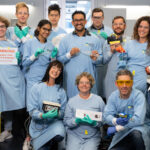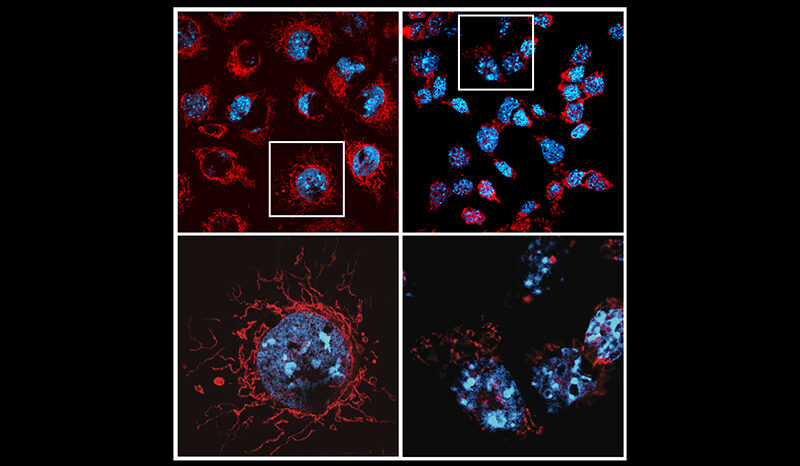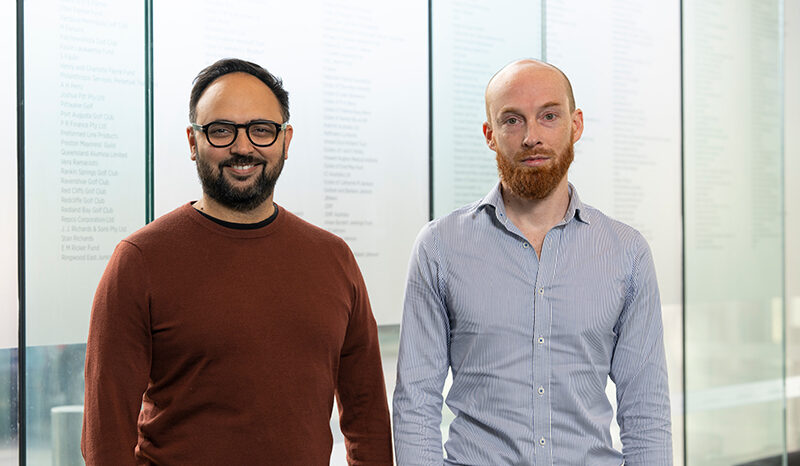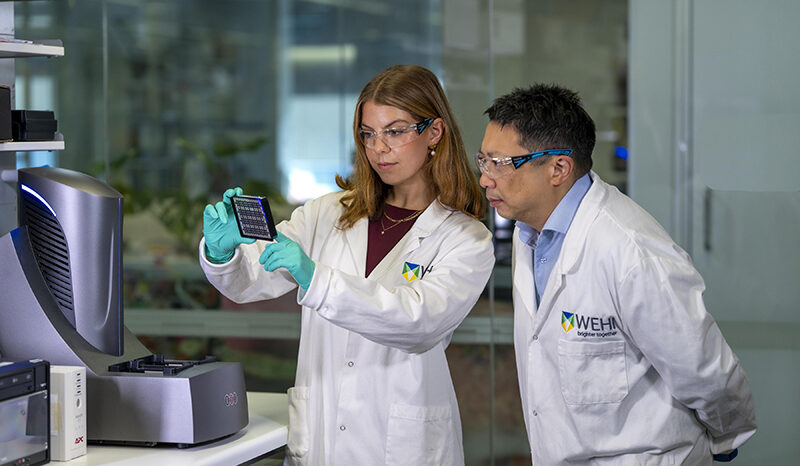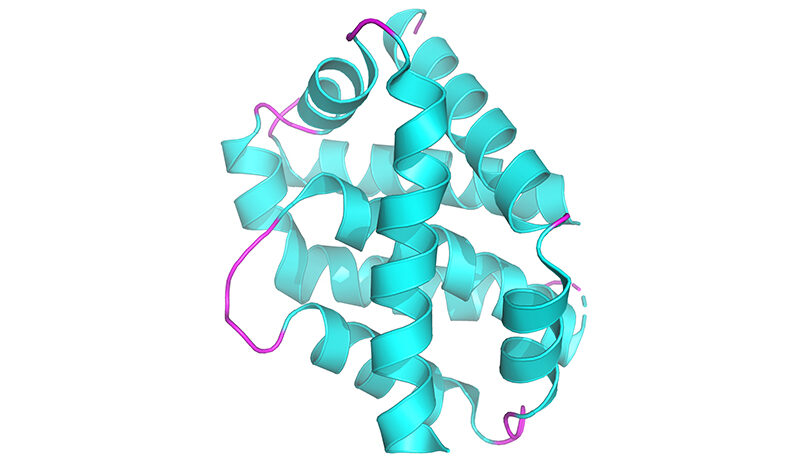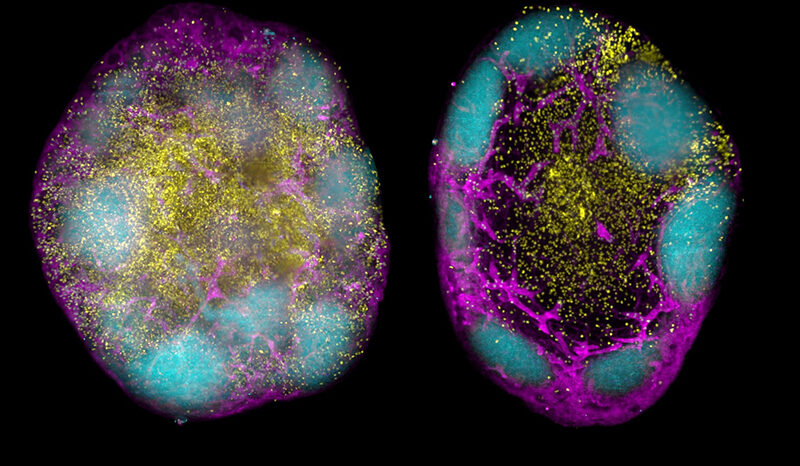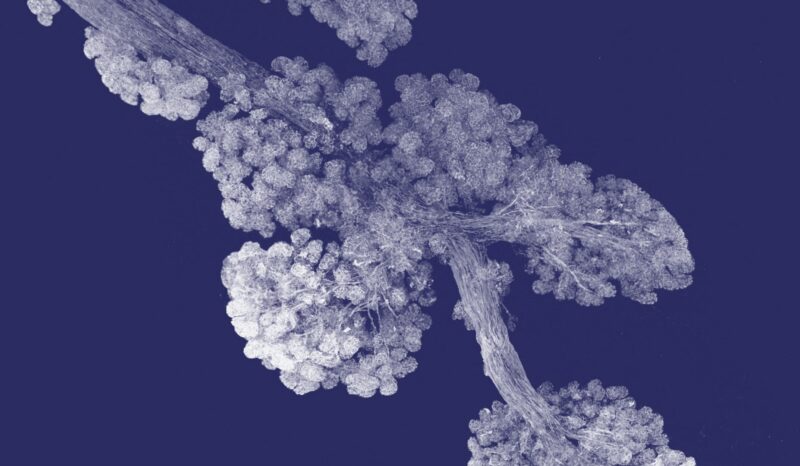HIV is a virus, meaning it can only reproduce within another organism’s cells. HIV reproduces in certain human immune cells, particularly a type of immune cell called CD4 T cells. These cells are critical for many immune responses that protect against infections.
When a person is infected with HIV, they may initially be healthy and not realise they are carrying the virus. Without treatment, people infected with HIV usually stay healthy for around 10 years. However, the infection gradually kills their CD4 T cells. This means their immune system cannot function properly.
Someone infected with HIV and not receiving treatment will eventually develop a condition called Acquired Immune Deficiency Syndrome (AIDS). In this condition, the loss of CD4 T cells means the person’s immune system cannot fight infections. People with AIDS are at risk of severe infections by viruses, bacteria and fungi. Often these are infections that a healthy immune system can prevent. A person with AIDS will ultimately die from an overwhelming infection.
More than 27,000 Australians are infected with HIV. Most of these people receive appropriate treatment. This prevents their disease progressing to AIDS. The Education and Resource Centre at the Alfred provides support and information for Victorians living with HIV.
Globally, around 37.9 million people are infected with HIV. The majority of people living with HIV are aged 15 to 49. AIDS-related illnesses cause 770,000 deaths annually, mostly in resource-poor communities. HIV infection is an enormous health, social and economic burden globally.







